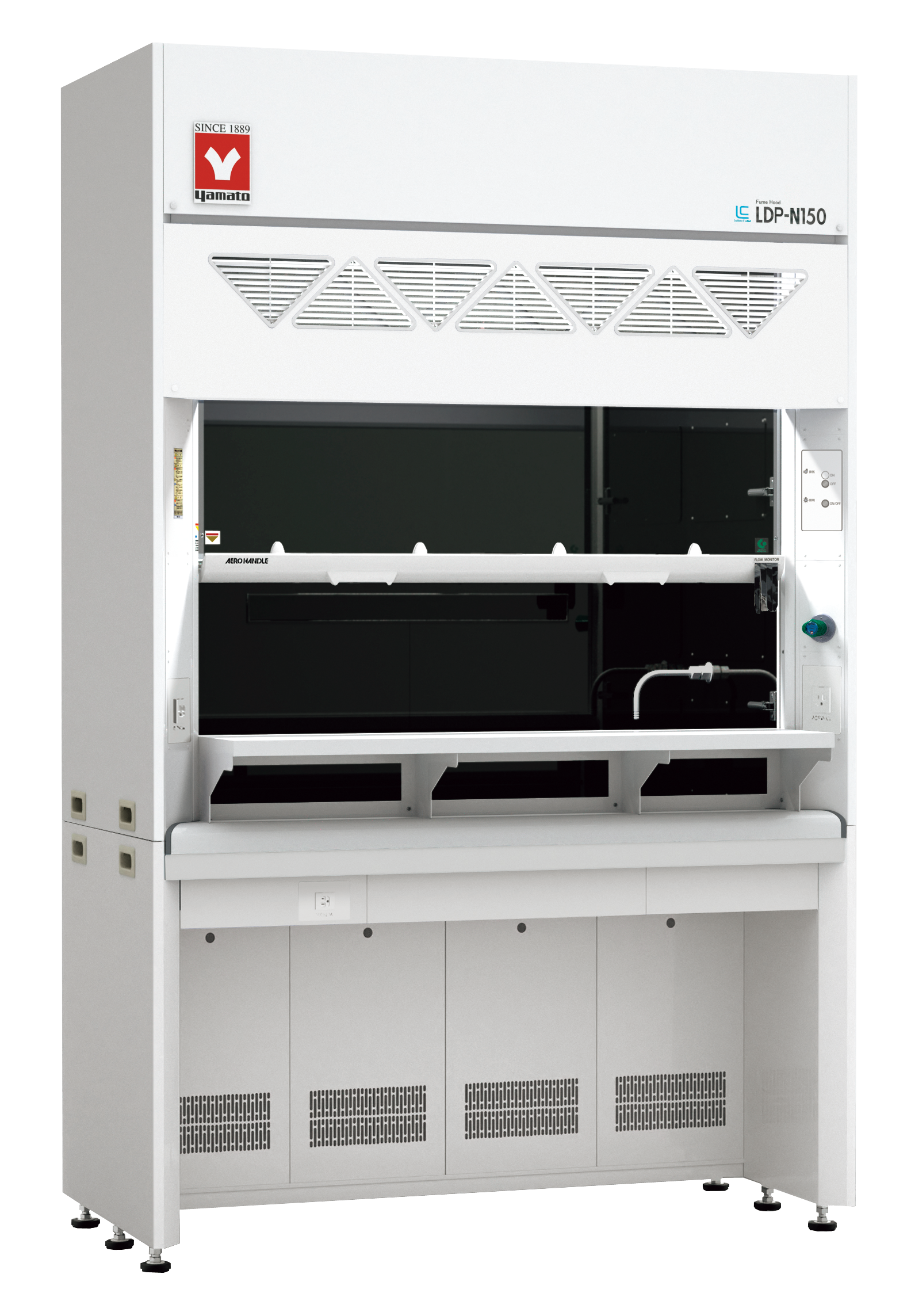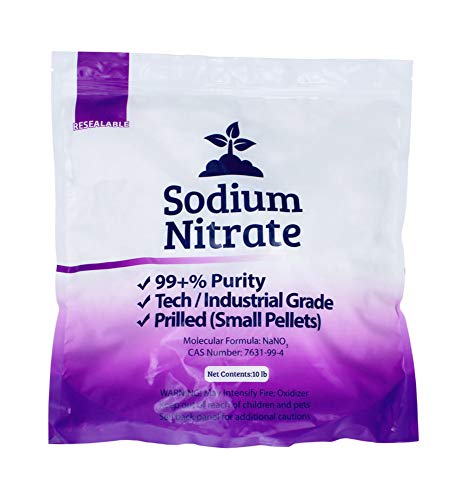Gold.refinery
Well-known member
We have not glassware and fume hoodQuick question i never heard answered. Do you have a fume hood and glassware such as a 2,000ml beaker?

We have not glassware and fume hoodQuick question i never heard answered. Do you have a fume hood and glassware such as a 2,000ml beaker?
The Italimpianti filter is the best filter you have, you should reserve it for your precipitated gold and nothing else. You don't want to contaminate it with silver.After rinsing the Coca-Cola solution twice with hot water, can we use this filter to finally wash the silver with 2 filter paper?
That's a big filter for the relatively small quantity of silver you will recover. And for less than 2 ounces of gold you will have a hard time cleaning it all out.Dimension is 35 cm.
Having one will make your routine silver cleanups simple and you have the scrubbing capacity to add some scrubbed drops to handle any noxious fumes. Without a hood you will be forced, as you were when you converted the silver chlorides, to work in the open shop or use the tumbler for lots too small to handle effectively. The hood will be a welcomed addition for the folks that have to work in the shop daily.We have not glassware and fume hood











For AgCl conversion, you definitely need mechanical stirrer. Or stirring at least with drill bit for stirring cement attached to a drill. It need agressive mixing, otherwise it wont react and silver chloride will be left in the silver at the end of the process.Which one is better for mixing silver chloride with caustic and sugar?
Vertical mixer or magnet stirrer
It takes 1.2 ml of 67-70% nitric acid to dissolve 1 gram of pure silver.After performing the initial operation and obtaining the silver metal powder,
in order to dissolve the silver powder in nitric acid and obtain the trapped gold,
for example,
how much nitric acid is needed for 1 kilo of powder?
What is the Specification of the reaction?
Is it hot?
Does it have fume?
After adding nitric acid and water to the silver powder, the gold remains undissolved after the reaction is over.For future reference....... For copper It takes 4.15 ml of 67-70% nitric acid to dissolve 1 gram of pure copper.
When using copper to cement silver from nitric acid it takes 1 gram of copper to drop 3.4 grams of silver from solution.
And it will produce nasty, red, NOx, not something you want wafting about the shop and not a fume that I have ever found an effective mask to filter NOx out of the air column you breathe. This is a good example of the need for a fume hood in your shop. You will be doing this procedure routinely, it will never be advisable to do it in your tumbler plant which is connected to a fume scrubber. When considering what the daily operations are in a refinery such as the OP set up, I am surprised the manufacturer of the equipment didn't recommend putting a hood in place. And, the more experience you gain in refining, the more you will realize just how important it is to have a fume hood for testing and for small lots which will come in once you are established, and potential customers know you are a refiner.Yes it will fume.
This is one of the procedures a refiner learns to do by eye. Surely, we can calculate the exact stoichiometric quantity of either salt or Hydrochloric Acid but experience and simple testing will prove more practical in the end.Then we react silver nitrate solution with hydrochloric (HCl)acid to obtain silver chloride.
Right? (How much HCl?)
The double diaphragm pumps on the Italimpianti filters are plumbed such that you can either provide suction to the filter or shut off that side and open the other inlet port to provide suction as needed elsewhere.Since a vacuum pump is needed for the Buchner funnel,
is a manual vacuum pump sufficient or should we get a separate pump?
Can we use the vacuum pumps of Refine device?
That's where the real butter comes from percentage wise. I have clients whom i charge 5-7% and then i have clients who i charge 20% for the same materials. Volume gets the discount, but i can make the same profit spread on smaller lots with less chemicals, processing, and time. I can make a $1,000 on a small lot or i can make $1,000 on a large lot, but at the end of the day i'm eating!And, the more experience you gain in refining, the more you will realize just how important it is to have a fume hood for testing and for small lots which will come in once you are established, and potential customers know you are a refiner.
The double diaphragm pumps on the Italimpianti filters are plumbed such that you can either provide suction to the filter or shut off that side and open the other inlet port to provide suction as needed elsewhere.
Provide the details and a photo of the double diaphragm pump on your filters and we can determine if they can do the same thing.
Good point Ralph. You could put a vacuum jug or a fat section of pipe with an inlet and outlet to hold a vacuum reserve and with valves keep the flow through the filter slower than the actual flow the pump can generate. Then you can assure suction to seat the paper.Using a big filter with a hold down ring it doesn't matter, but with a filter that requires suction to seat the filter i was wondering about the filter paper floating at the edges and not sealing.
Here, I would proceed slightly differently. Lye/sugar is much much more labor intensive than copper cementation.After adding nitric acid and water to the silver powder, the gold remains undissolved after the reaction is over.
We filter the solution and get gold.
Then we react silver nitrate solution with hydrochloric (HCl)acid to obtain silver chloride.
Right? (How much HCl?)
Caustic / sugar method again and obtaining pure silver powder.
I think this is all a matter what Gold Refinery is going to do with the silver.Here, I would proceed slightly differently. Lye/sugar is much much more labor intensive than copper cementation.
Yes, now I see it. You are absolutely right. Added value would be much higher in comparison with work.I think this is all a matter what Gold Refinery is going to do with the silver.
It is absolutely true that for ease of obtaining a silver concentrate nothing is as easy as cementation. But the best he can hope for is 99% purity.
The first time around, with the silver chlorides from the aqua regia process the options all revolve around reducing the chlorides. So the options are either the Lye/sugar or the sulfuric/iron.
It's the re-dissolve silver, after the insoluble gold is recovered, and we have silver nitrate in a pretty clean clear solution as the base metals are out already from the aqua regia.
When considering all of the refining toys Gold Refinery has, we cannot forget he has a vacuum casting setup to make gold bars for sale. That same machine can produce (in different molds) silver bars for sale. Since this is an option, Gold Refinery can get the best price for his Silver bars. So I would choose Lye/sugar because it has the potential to make 999 silver for resale as bars. Why would he choose to use cemented Silver at 99% (on a good day) to cast bars for resale?
My first choice for the Silver bars would be electrolytic refining of Silver followed by recovery of the Gold from the slimes, but the volume seems too low for this and, to be honest, we have written over 20 pages on the refining and waste from Gold Refinery for a simple process like karat gold refining. I cannot imagine how long the thread would become for a soup to nuts description of electrolytic silver refining.